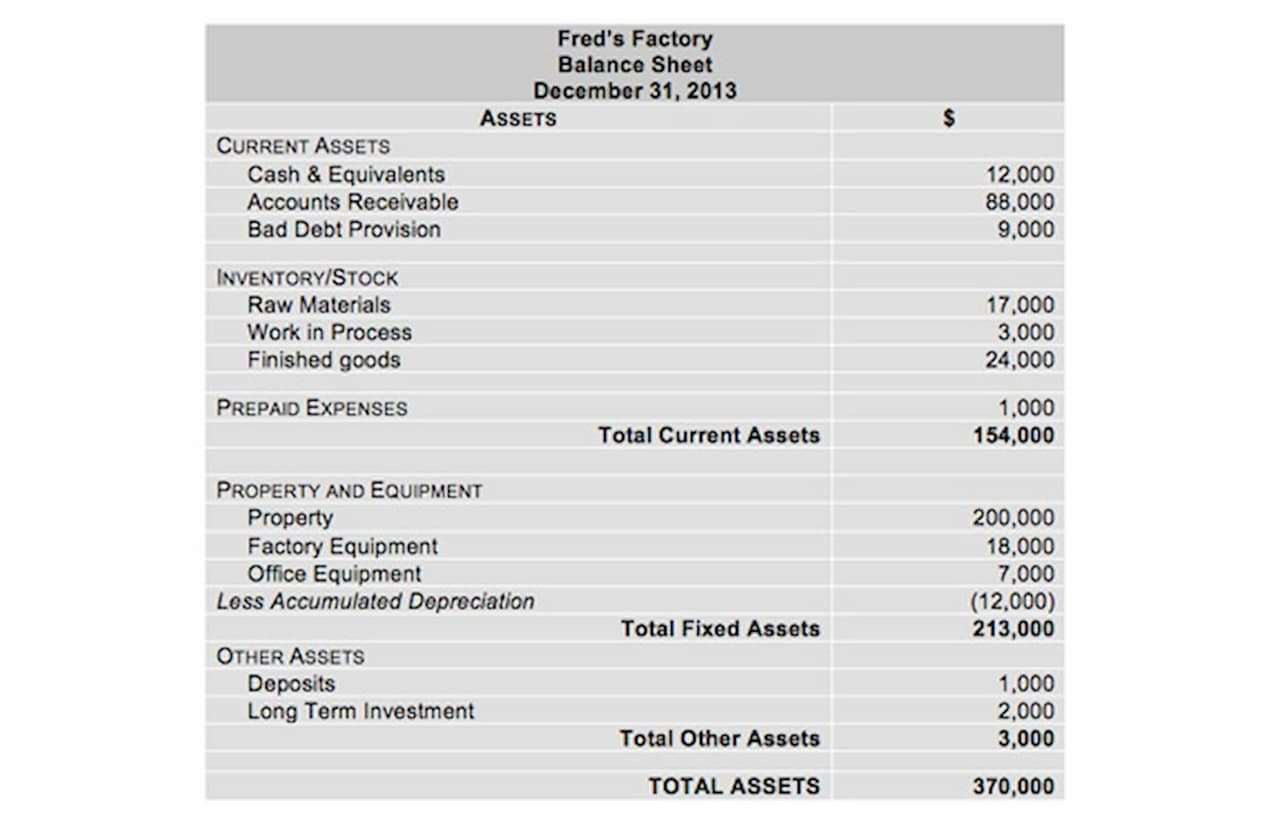
However, nonprofits receive generous tax breaks and must be accountable to their donors. So, it is also of the utmost importance to ensure you properly account for and report your incoming and outgoing money. Equipping yourself with the best software and people can make a world of difference for your organization. When you set up your software to record and safeguard your financial information, be sure you choose a solution that has specific configurations for nonprofit accounting, such as Quickbooks. Internal controls not only limit cases of fraud, but often aid in catching errors. Even if your nonprofit consists of only two employees, there should still be a “checks and balances” system in place.

And remember there’s nothing wrong with adjusting your plan when things go wrong, or even when they go right. Sometimes a not-for-profit acts as an agent, trustee, or intermediary for another not-for-profit, helping donors contribute to the third-party charity. In general, unless the not-for-profit has variance power, FASB rules hold that when a donor specifies a third-party beneficiary, the organization that receives the https://www.bookstime.com/ donation as a passthrough entity should not recognize the contribution. After you’ve registered as a nonprofit with your state, the next step is to apply for tax-exempt status under Section 501. While tax-exempt status might be determined by the IRS and federal law, nonprofit status is determined by state law.
Third parties like CPAs use tags to better understand data from weeks or months earlier. After all, someone reviewing financial statements can frequently encounter statements either too summarized or too complicated. Proper accounting and financial management are necessary for nonprofit organizations to stay viable and remain accountable to the public, donors, funders, and other stakeholders.
GAAP rules for nonprofits are intended to create transparency for donors and grant-makers. They also help the government monitor whether an organization should retain its tax-exempt status. Public viewpoints on overhead expenses hurt how is sales tax calculated the nonprofit industry a great deal. Overhead includes those expenses that nonprofits use to cover administrative costs, market their mission for fundraising, and pay for other internal expenses that help the organization grow. Essentially, overhead expenses are those that nonprofits use to pay for anything that isn’t a program directly related to the organization’s mission.
These guidelines are set by an organization called the Financial Accounting Standards Board (FASB). Once you have viewed this piece of content, to ensure you can access the content most relevant to you, please confirm your territory. 1 Consists of operating segments that do not meet the criteria of a reportable segment under ASC Topic 280 – Segment Reporting. If the contribution is considered unconditional, the final step is to determine if any restrictions exist and to recognize the revenue in the appropriate net asset class. By assigning financial responsibilities to multiple people, it creates GAAP for Nonprofits a layer of accountability among employees.

Your nonprofit’s statement of activities is also known as your income statement. Plus, you can use this document to review your change in net assets from the beginning of the year to the end of the year. Non-GAAP gross profit and gross margin exclude amortization of intangible assets, stock-based compensation expense, restructuring-related charges, acquisition and integration-related costs, and certain other expense (income). We believe that exclusion of these costs in presenting non-GAAP gross profit and gross margin facilitates a useful evaluation of our historical performance and projected costs and the potential for realizing cost efficiencies.


Since nonprofit organizations receive benefits from being tax-exempt, they must keep detailed records while bookkeeping. Most organizations exempt from income tax under section 501 are still required to file Form 990 (or Form 990EZ, if they qualify), which discloses your nonprofit’s revenues, expenses and changes to net assets to the public. Looking up a nonprofit’s Form 990—using services like Guidestar.org—can tell you a lot about its financial state. A skilled bookkeeper or accountant familiar with nonprofit accounting standards can ensure accurate recordkeeping, timely reporting and adherence to regulations. Training existing staff or outsourcing specific tasks to qualified professionals allows a nonprofit to leverage financial expertise without taking on additional overhead costs. GAAP’s goal is to ensure companies’ financial statements are consistent across industries — allowing investors and the government to interpret them more easily.
26 de enero de 2022
Publicado en: Bookkeeping